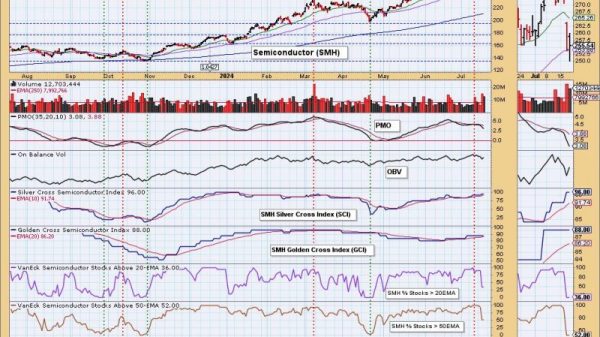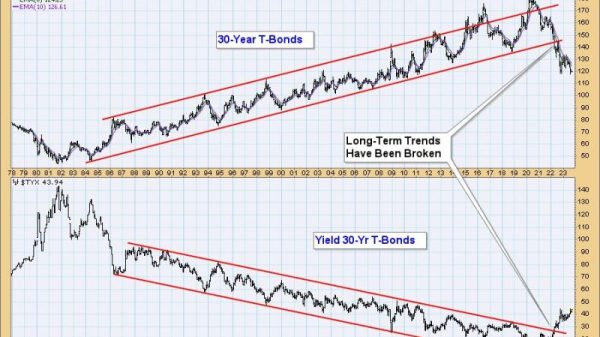Market selloffs can spook many investors due to the sharp decline of security prices across the market, often over several days, leading to significant portfolio losses. However, they can also present unique opportunities for savvy investors who turn to options trading strategies to capitalize on the market turmoil. This article will discuss two potential options plays, namely, buying put options and implementing a long straddle strategy.
Option 1: Buying Put Options
Put options are financial contracts that give the holder or buyer the right, but not the obligation, to sell a specific amount of an underlying security at a set price before a specified expiry date. Put options increase in value as the price of the underlying security or stock drops, allowing the trader to profit from a market downturn.
Investors can capitalize on market selloffs by purchasing put options on individual stocks or ETFs that have been hit hard by the downturn. For instance, if an investor predicts that a specific stock, which is currently trading at $100, will decrease in value due to the selloff, they may decide to buy a put option with a strike price of $90 that expires in one month. If the stock price drops to $85 during the ensuing selloff, the investor can exercise the option and make a significant profit.
However, it should be noted that buying put options isn’t without risk. If stock prices rebound or don’t fall as much as anticipated, the investor could lose the initial investment made in buying the put options, also known as the option premium. Therefore, it is crucial to carefully consider and manage risk when buying put options during a market selloff.
Option 2: Implementing a Long Straddle Strategy
The long straddle strategy involves buying both a call option and a put option on the same underlying asset, with the same strike price and expiration date. The goal is to profit from market volatility, regardless of whether the market rises or falls significantly.
During a market selloff, if an investor believes that a specific stock’s price will either surge due to a swift recovery or plummet further, they can implement a long straddle strategy. If the stock price swings sharply in either direction, the gains from one of the options should offset the loss from the other, while also potentially providing a profit.
Suppose an investor implements a long straddle strategy on a stock currently trading at $100. If the stock price either falls to $85 or rises to $115 by the expiration date,


































